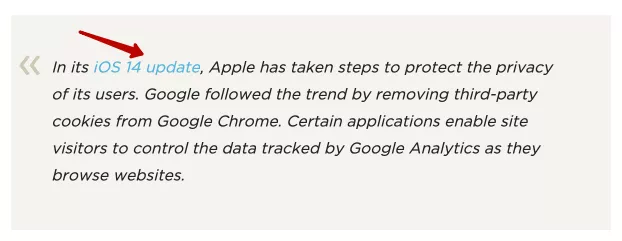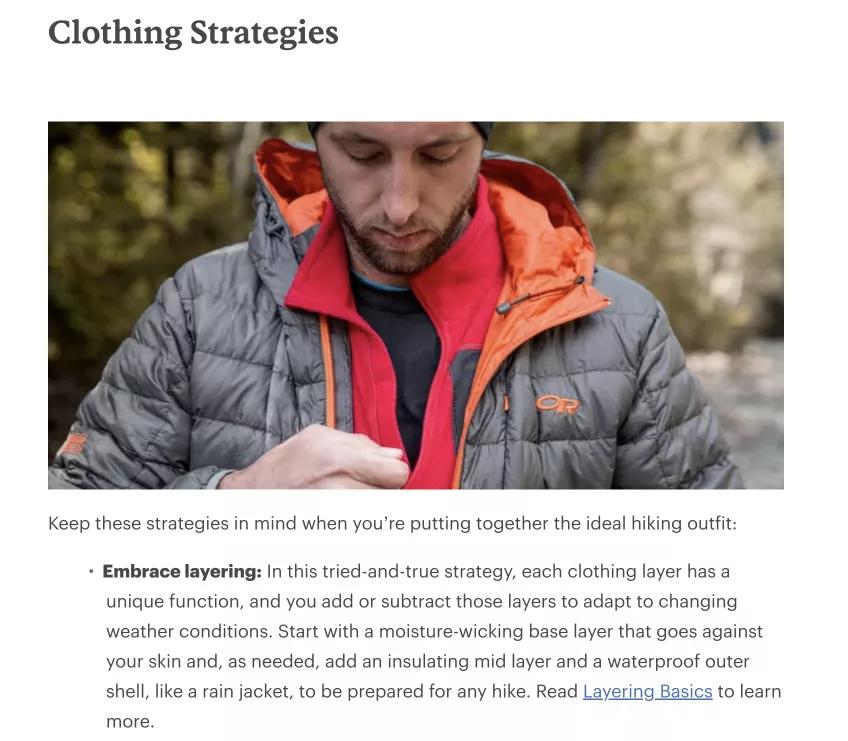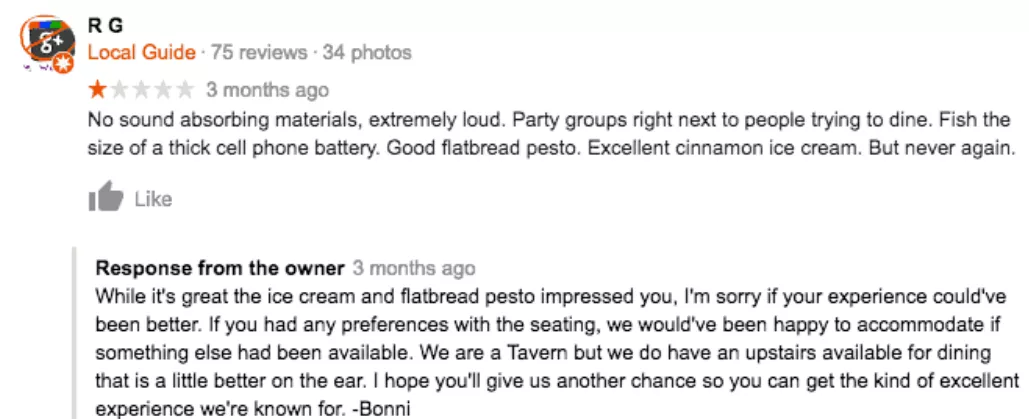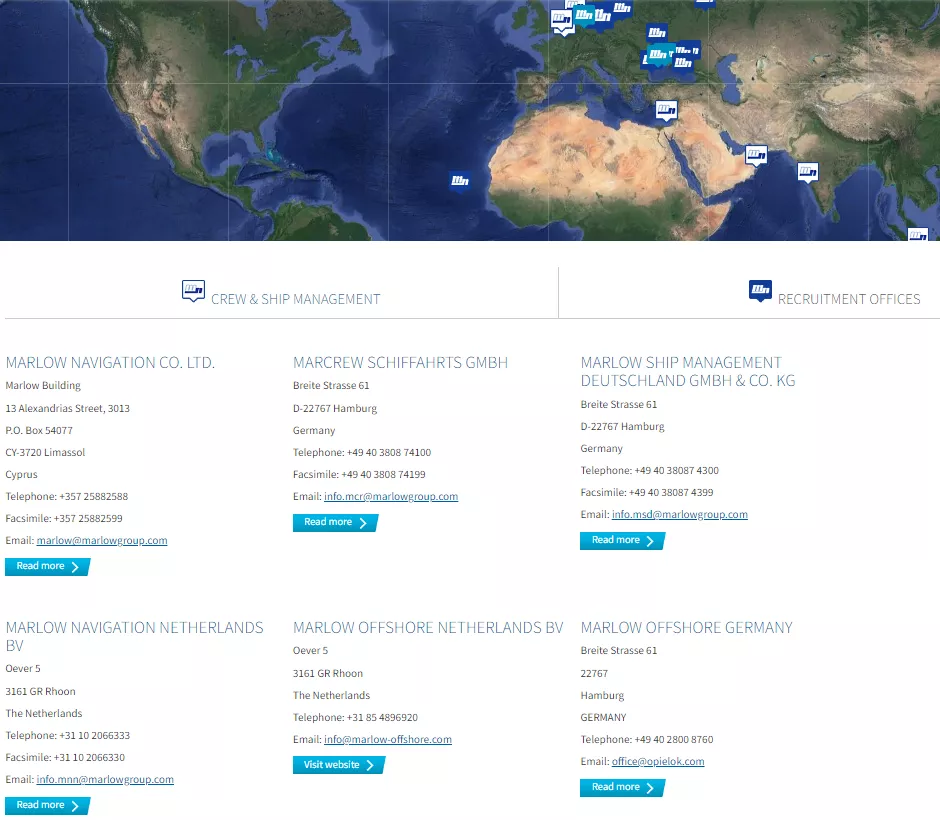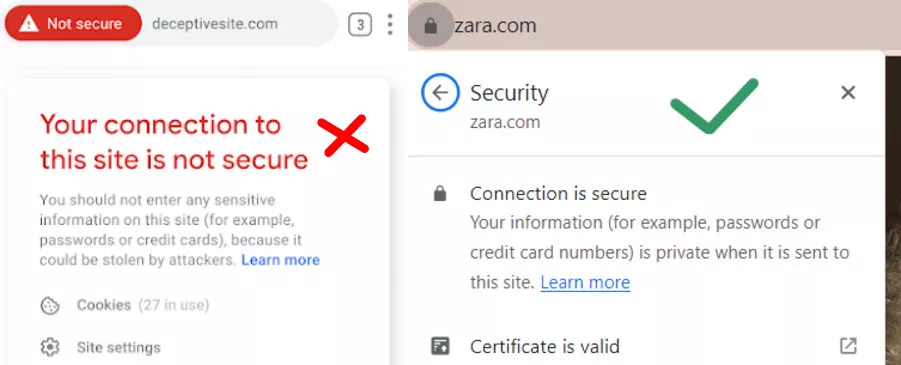What Is the EEAT Algorithm and How It Affects Search Results
EEAT is Google's algorithm for evaluating the quality of content on a website, and it will affect the website's position in search results. In this article, I will describe the main components of EEAT and tell you what the new letter means. I will also share tips on how to get a high EEAT score on Google, so be sure to read until the end.
The main components of EEAT
In March 2013, Google officially released the Search Quality Rater (SQR), a guide to evaluating search quality. It is updated about once a year.
SQR introduced the concept of EAT in 2014, which stands for Expertise + Authoritativeness + Trustworthiness. At the end of 2022, Google added a new E (Experience), and EAT became EEAT. The search engine most often uses the EEAT concept to rate online shops, news sources, and sites related to medicine, safety, finance, and legal content.
The concept of EEAT is a crucial aspect of SEO. Its importance was particularly noticeable in August 2018 after the Google Medic update. According to Moz, the visibility of some websites on the first page of the search results increased or decreased by up to 70% in just seven days after the update.
Now, let’s take a closer look at each component of EEAT.
1. Experience
Google gives higher rankings to articles that are written by authors with real experience using the products. Such content can include, for example, a review of a product the author has used for some time. If they describe their experience in detail and point out the strengths and weaknesses of the product, the article will receive a high EEAT score.
2. Expertise
To provide users with reliable information, Google prefers content that is written by those who have subject-matter expertise.
Google categorizes content by two types of topics.
- General topics. These do not require a high level of qualification from the author. They can be written by people who have personal experience in the area they are writing about. For example, a travel blogger can write an article about their hitchhiking trip.
- YMYL (Your Money or Your Life) topics. These can affect users' health, safety, and financial well-being. Therefore, they should be written by experts. For example, medical topics should be written by doctors.
To position themselves as experts, authors of YMYL articles must have a profile stating their education, work experience, and qualifications. They must also have published articles under their authorship on several resources.
3. Authoritativeness
Both the website and the content’s author should have a good reputation in the niche. For example, Forbes is considered one of the most authoritative financial and business publications in the world because the authors of its articles have extensive knowledge and experience.
The higher the author's rating and the site, the more likely Google recognizes the content as high quality. Authorship can be measured by:
- the number and quality of backlinks;
- mentions in reliable sources;
- the author's personal brand as an expert.
4. Trustworthiness
Trust is the most important ranking factor for Google. These are the main factors that indicate the reliability, and hence the trustworthiness, of a website.
- Accuracy and reliability. All information should be factually correct and based on reliable sources.
- Security (the use of a secure HTTPS connection). This is particularly important for e-commerce. Users need to be confident that their transactions will be handled correctly and that they will not fall victim to fraudsters.
- High usability scores. It should be intuitive to find the information you need on the site.
- The presence of Informative pages. The website should include pages like "Project Authors", "About Us", "Contact Us", "Privacy Policy", "Terms of Use", etc.
EEAT levels
In the updated SQR guidelines, Google divides the concept of EEAT into several levels, from the lowest to the highest. There are also intermediate values on the scale, which can be used to make a more accurate assessment:
- N/A
- Lowest
- Lowest +
- Low
- Low +
- Medium
- Medium +
- High
- High +
- Highest
Let’s discuss the main levels.
N/A (lack of EEAT)
A lack of EEAT is most often due to the author's lack of experience in their writing area. For example, a review about a restaurant where the author has never dined.
Lowest EEAT
This rating is given to pages that Google believes may not provide a positive user experience and are not trustworthy, especially if they contain information that could be harmful. This category includes pages that call for violence, provide misleading information, or contain spam or fraudulent content.
Low EEAT
Low EEAT means that the site's main content has been hastily created just to fill space. Such pages may contain inaccuracies and meaningless information.
Articles on such sites don't serve a useful purpose, but at least they don't harm readers.
Medium EEAT
Pages on a medium-quality site are useful, or at least not harmful. They usually have a reasonable headline and a minimum amount of information about the authors of the material.
Such articles serve their purpose and show no signs of spam or problematic content.
High EEAT
Pages with a high EEAT score demonstrate significant expertise, reliability, and credibility. These pages usually have a few main characteristics:
- Useful information that does not harm the reader
- Headlines that concisely characterize the content of the pages
- Ads and additional content that do not distract from the main content
- Information about the site and its authors
Highest EEAT
Only the most reliable and trustworthy sources will achieve the highest EEAT level.
There is a direct correlation between user satisfaction and quality scores. A user-friendly site without signs of abuse, spam, or fraud will receive a high EEAT ranking if it has reliable and useful information.
How to improve a website's EEAT?
Increasing your EEAT score will improve your site's visibility in search results and build audience trust in your brand. There are a few steps you can take to boost your score.
Step 1: Create quality content and update it regularly
- Write new articles regularly.
- Create human-centered content: answer commonly asked questions, give advice, and be helpful and authentic. Leave your readers with a sense of completion and satisfaction.
- Regularly review your content for usefulness and relevance. Information becomes outdated over time, so don't forget to update it.
- Remove poor-quality content. While this may initially reduce traffic to your website, it will improve your EEAT score in the long run.
Step 2: Add author information
Google expects important articles to be written by reliable and trusted experts. For example, certified pharmacists are suitable authors of instructions on how to use medical products.
The website should make the following information publicly available:
- Details about the team.
- Information about the authors is presented on separate pages, including biographies, certifications, experience, and academic degrees.
- Links to the authors' social networks and publications.
Use the Person Schema Markup on the biography pages to inform search engines of the authors' expertise and credibility.
Step 3: Use reliable sources
When creating content, refer to official verified sources: studies, academic articles, tweets, and expert blog posts. For example, for an article about the iOS 14 update, it is important to link to Apple Support.
Step 4: Demonstrate experience in your content
The author of an article on mountain hiking clothing should have the personal experience to back up their advice with practical tips.
Share your experiences through product and service reviews or articles containing advice or tips and tricks. Include photos, videos, and screenshots to demonstrate your familiarity with the subject matter.
Google's Search Quality Rater Guidelines state that, in some cases, user experience can be more useful than expert information.
“However, sometimes pages on YMYL topics are created to share personal experiences, often regarding difficult life challenges. People turn to each other when needed to share their experiences, seek comfort or inspiration, and learn from others. Factual information from experts and authoritative sources may not satisfy this need.”
Step 5: Build a positive reputation
Manage your online reputation, as it is crucial to the EEAT concept. This is a complex and continuous task that needs to be done throughout the business lifecycle.
Monitor and respond to reviews
Monitor all company reviews so you can respond to them quickly and professionally. Respond to both bad and good reviews; positive customer interaction will improve the brand's reputation in the long run.
Encourage customer engagement
Encourage customers to share product photos and videos through contests, social media giveaways, email newsletters, and promotions. Ask users to add hashtags and tag the brand. User-generated content helps build brand loyalty.
Implement schema markup
Schema markup is a way of providing search engine crawlers and users with additional information about a website. It is created by embedding tags and attributes into the HTML code of a page.
Schema markup allows you to display the site's rating, customer reviews, and pricing policy in Google search results.
Use high-quality and relevant backlinks
Get backlinks from websites with similar content. The closer the link is to the original resource, the higher its rating. Backlinks help Google categorize the pages and domain of a site on a macro level.
The screenshot shows that the company has received great links from sites with a good domain rating (DR)
Step 6: Add essential pages to your site
Create informative pages on the website to prove its credibility and authority.
About Us page
Include links to the company's publications, social media pages, and reviews. The About Us page can also include the company's mission, history, certifications, references, awards, and licenses.
Contact Us page
This page is crucial, as it enables users to contact the company. Include an email address, a phone number, and a feedback form.
Return and exchange policy page
A return policy gives the customer a sense of security because products from online stores are often not the right size or do not meet expectations. Customers can shop confidently, knowing they can return or exchange the product in such cases.
Step 7: Secure your site with HTTPS
Website security is one of the most important factors for EEAT rankings. HTTP sites are marked with the "Not Secure" label in the Google Chrome browser. This is Google's way of encouraging resource owners to switch to the HTTPS protocol.
EEAT vs. AI
Google has not yet developed an algorithm to evaluate the quality of content created by artificial intelligence such as ChatGPT. According to the company, AI is not capable of creating high-quality content at present, so Google does not recommend publishing it without first having it reviewed by a human.
Search algorithms give more weight to content written by human experts with a wealth of personal experience or fundamental domain knowledge.
Google search engine expert Danny Sullivan confirms this:
“We haven't said AI content is bad. We've said pretty clearly content written primarily for search engines rather than humans is the issue. That's what we're focused on. If someone fires up 100 humans to write content just to rank or fires up a spinner or an AI, same issue…”
EEAT checklist for a website
Google's recommendations for improving your EEAT score can be summarized in a simple checklist.
- Create quality content and update it regularly.
- If the articles on the site directly affect the health and safety of readers, the authors should have relevant training and certified experience.
- For general topics, authors with practical experience can write content.
- A human should review articles written by artificial intelligence.
- Include author information on the site. Create an "Our Team" page, author biography pages, and a content search engine to help people find the information they want.
- Use the HTTPS protocol.
- Place the following on the company website:
- A contact page with a phone number and email address.
- A customer feedback page.
- An exchange and returns page.
An About Us page with company accreditations and awards, and optionally with:
- privacy policy;
- business ethics;
- copyright permissions;
- complaints policy;
- editorial policy;
- terms of use;
- no responsibility disclaimer.
Conclusions
Understanding the principles of EEAT will improve a website's visibility in search results, increase visitor confidence, and ultimately increase conversion rates and company revenue.
- The EEAT algorithm plays a key role in Google's evaluation of a website's content quality.
- Initially, the concept was based on three components: Expertise, Authoritativeness, and Trustworthiness, but at the end of 2022, Google added another letter to represent Experience. Now, Google focuses on the real experience of authors in the areas they write about.
- The EEAT concept evaluates the quality of content by levels, from the lowest (untrustworthy pages with malicious content) to the highest (the most reliable and trustworthy sources of information).
- At present, Google doesn’t have an algorithm to evaluate content generated by artificial intelligence. ChatGPT and other chatbots are not able to create quality content that is based on specific human experiences.
- To improve your site's position, create quality content and update and refresh it regularly. Also, demonstrate expertise, add author information, and use reliable sources.
- Google will continue to highlight content written by experts and downplay irrelevant content.
Related Articles
Display Advertising Effectiveness Analysis: A Comprehensive Approach to Measuring Its Impact
In this article, I will explain why you shouldn’t underestimate display advertising and how to analyze its impact using Google Analytics 4
Generative Engine Optimization: What Businesses Get From Ranking in SearchGPT
Companies that master SearchGPT SEO and generative engine optimization will capture high-intent traffic from users seeking direct, authoritative answers
From Generic to Iconic: 100 Statistics on Amazon Marketing for Fashion Brands
While traditional fashion retailers were still figuring out e-commerce, one company quietly revolutionized how U.S. consumers shop for everything from workout gear to wedding dresses

